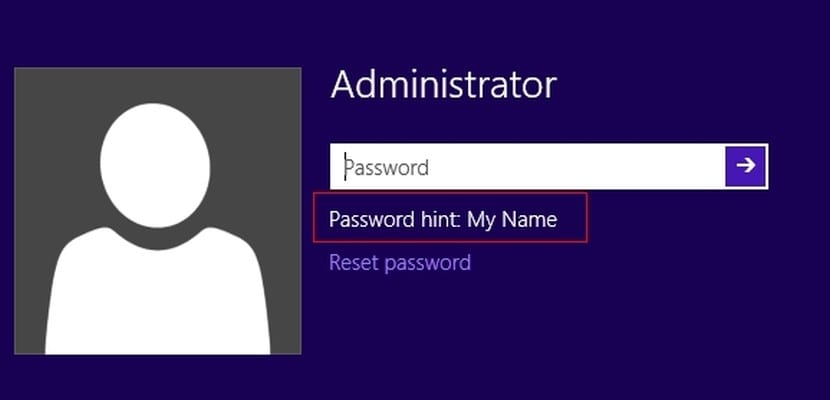
Security has always been an important factor within operating systems. Being able to prevent access to our account and data is one of the basic functions that everyone fulfills in one way or another. However, there are times when we do not want such security, either because our equipment is only used by us or because there are no other people who have physical access to it.
In these cases, having to enter the username and password each time we access the system can become a tedious task. To do this, we present a tutorial in which we explain how to deactivate the request for username and password that Windows 10 performs when you access your computer.
To be able to activate or deactivate the user access password request in Windows 10, you must perform the following steps:
- We will invoke the command Run or we will press the key combination Windows + R
- We will introduce the name of the application of the Windows account manager netplwiz and we will press the OK button.
- The active accounts in our system will then be shown in a panel. At the top there is a checkbox that we can activate and deactivate for each user and thus specify whether or not to enter their name and password to be able to access within the system. In our case, we will deactivate the one we want and press the OK button.
- Last, a new window will appear where we must enter the user's password twice to establish your automatic access to the system without the need to register.
As you have seen, the previous procedure is quite simple and fast. In addition, it is completely reversible and whenever you want you can re-establish the password request of a user.



